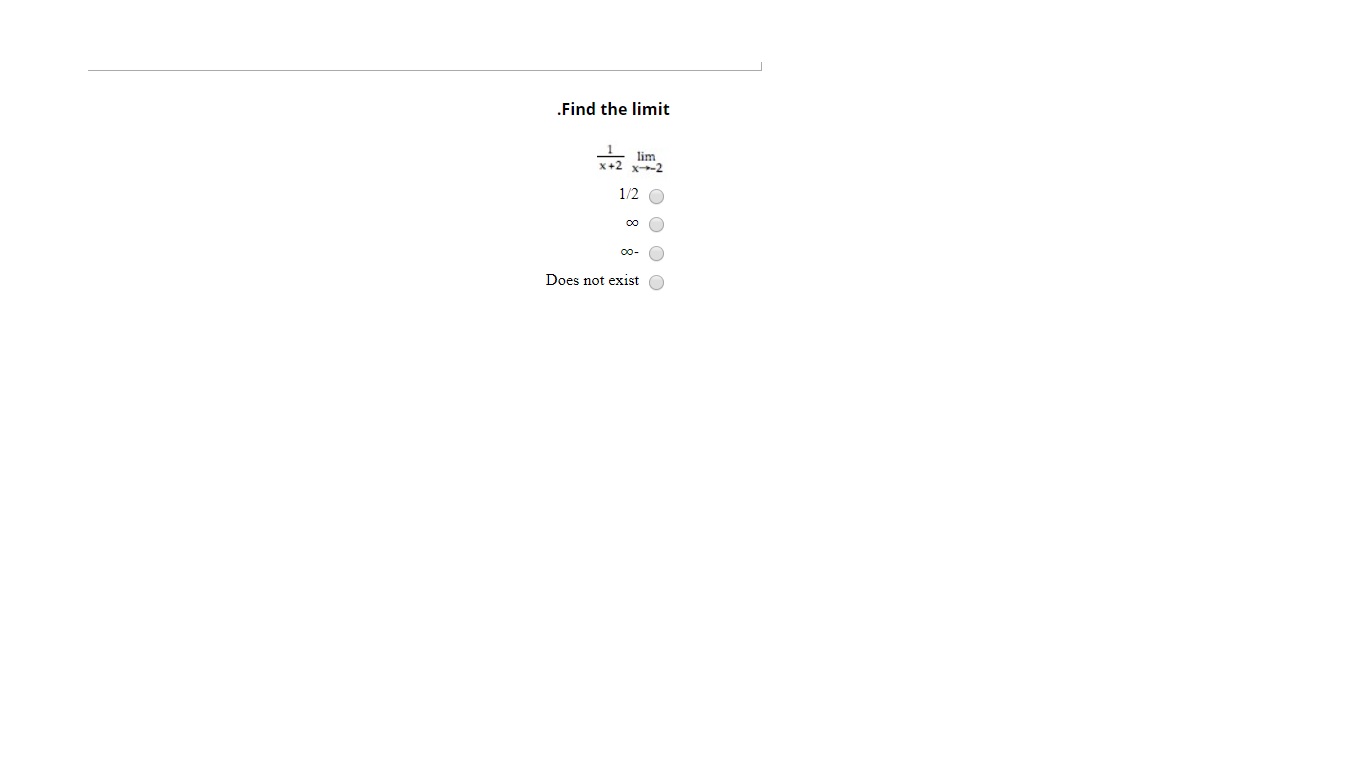Help me in solving this question?

1 Answer
The limit does not exist, see explanation below.
Explanation:
We know the function does not exist at the desired point, but it is possible that a LIMIT does.
In order to calculate the limit here, it behooves us to consider what would happen if we were very slightly to the left or the right of the desired x-value. Thus, we consider an arbitrarily small positive number, defined as
If
Thus, as epsilon goes to zero, the function will approach positive infinity on the right (i.e. the right hand limit is
On the other hand, if
Thus, as

